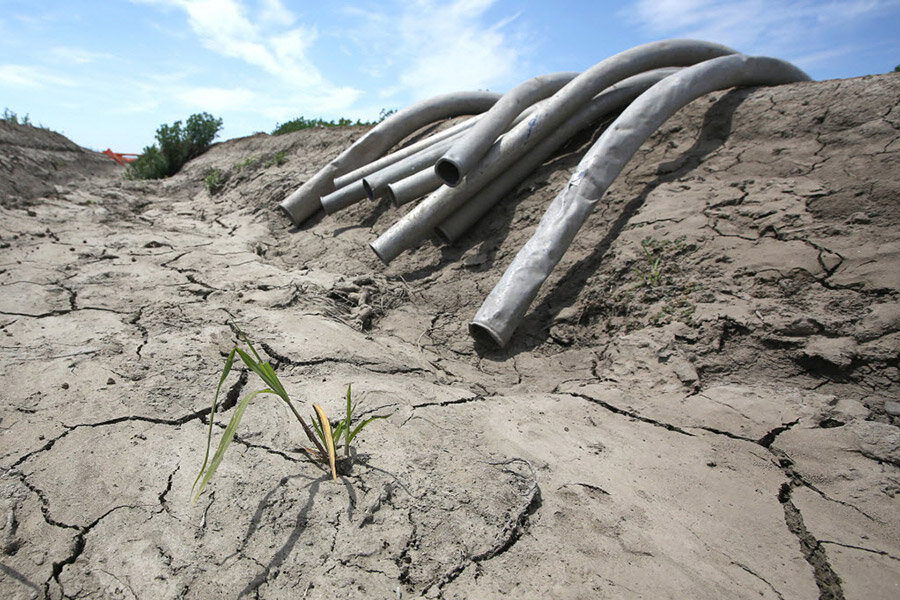California farmers finding new ways to conserve water amid drought
Loading...
| Sacramento, Calif.
Dozens of California farmers aiming to meet voluntary water conservation targets submitted plans to the state saying they intend to plant less thirsty crops and leave some fields unplanted amid the relentless drought.
Farmers in the Sacramento-San Joaquin River Delta devised the plans filed Monday as part of a deal last month that would spare them deeper mandatory cuts in the future.
Under the agreement, they must turn in plans for using 25 percent less water, fallowing 25 percent of their land or other strategies to achieve the necessary water savings. Officials hope the deal can become a model for other farmers around the state.
California cities and businesses also have been ordered to reduce water use by 25 percent. The state Water Resources Control Board on Tuesday is expected to release its report for how communities met the goal in April. That was the month Gov. Jerry Brown ordered sweeping conservation measures, including mandatory urban water reductions, following the worst snowpack measurement in recent years in the Sierra Nevada.
California depends on that snow to melt its way into rivers and reservoirs and meet nearly a third of the state's water demand.
Regulations stemming from Brown's order require communities to cut water use by as much as 36 percent compared with 2013, the year before the governor declared a drought emergency. The rules took effect this week.
The shift to mandatory conservation followed lackluster voluntary savings, with water use slipping just 3 percent in February and 4 percent in March. Overall savings have been only about 9 percent since last summer, falling well short of Brown's 20 percent goal.
At least 120 farmers in the delta east of San Francisco have filed plans, said Michael George, delta water master for the water resources board.
"These are serious, well-conceived plans that will result in some significant conservation," said George, who is tasked with calculating how much water the changes will save.
California grows nearly half of the fruits, nuts and vegetables consumed in the U.S. However, agriculture experts say the drought has not had a significant impact on food prices because other regions are making up the difference.
Delta farmers who proposed the voluntary cutbacks have never had their water use restricted.
This year, state officials already have ordered cuts for thousands of farmers and other water users with lesser rights but have not yet forced restrictions on farmers with rights predating 1914 or who own land along rivers or streams.
John Herrick, an attorney and manager of the South Delta Water Agency, said he was busy Monday answering last-minute questions from farmers trying to meet the midnight deadline. He had no hard figures but believed as many as 90 percent of the farmers eligible for the program would apply.
The delta accounts for less than 10 percent of the 6.9 million acres of irrigated farmland in California, but it is the hub of the state's water system. About 25 percent of California river water runs through the delta, supplying communities and farms throughout the state.
John Kisst, who farms 900 acres in the delta, said he will irrigate some of his alfalfa once a month rather than twice and will leave some fields unplanted. Some farmers may turn to growing safflower, which needs to be watered just once or to some types of corn and beans that grow in three months rather than four, reducing the need for irrigation.
"This is not a science," Kisst said. "But we're expected to make our best effort."
___
Scott Smith reported from Fresno.







